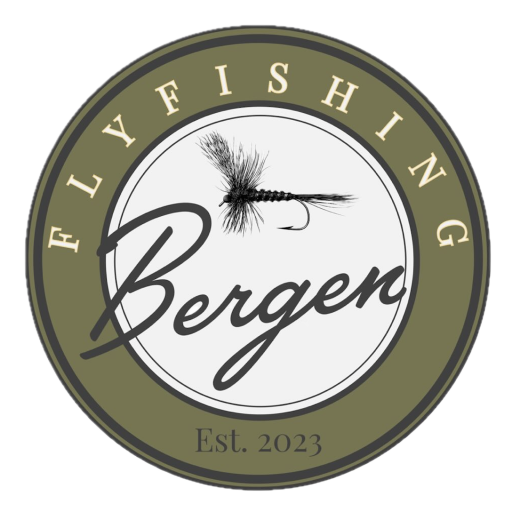Embarking on the fly tying journey opens a world of angling possibilities. Start with simple patterns like the Woolly Bugger or Elk Hair Caddis. These classics are forgiving and teach fundamental techniques such as thread control, material management and basic proportions, providing a solid foundation for more complex designs later on.
Investing in quality tools is a game changer. A good vise is paramount; it should securely hold the hook and allow for easy rotation. Sharp scissors are essential for clean cuts. A bobbin holder with consistent tension is vital for even thread wraps. Quality materials, from hooks to dubbing, will result in durable and realistic flies.
Mastering thread control is key to neat, durable flies. Use consistent tension to secure materials without excessive bulk. Learn the whip finish for a secure head. Waxing your thread can improve grip and prevent slippage. Practice makes perfect so do not be discouraged by imperfections early on.
Observe insects and aquatic life in your local waters. This knowledge informs your fly selection and tying. Experiment with different materials and techniques to create flies that mimic natural food sources. Fish with your own creations and adapt based on their effectiveness. The journey of fly tying is one of continuous learning and refinement.


Leave a Reply